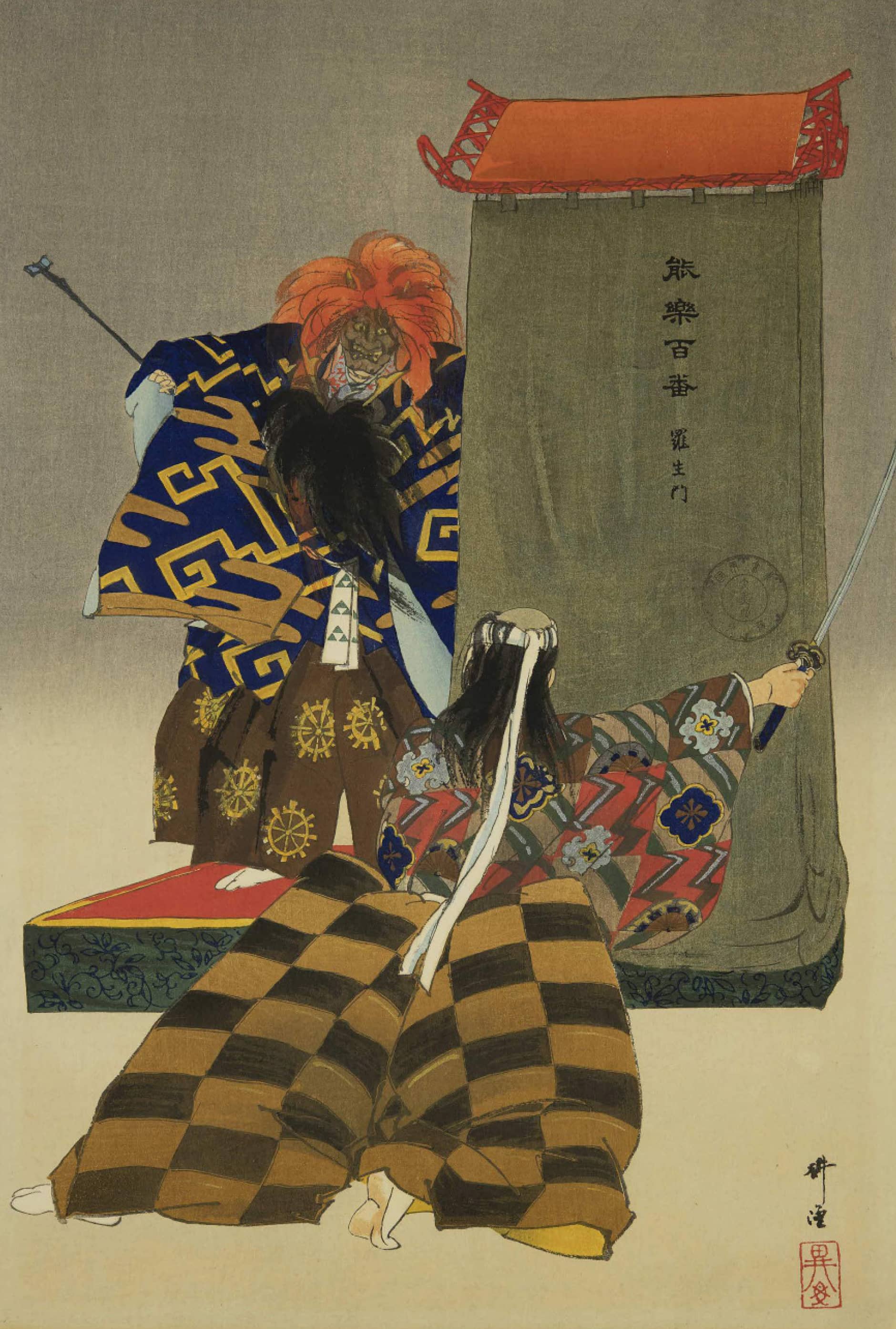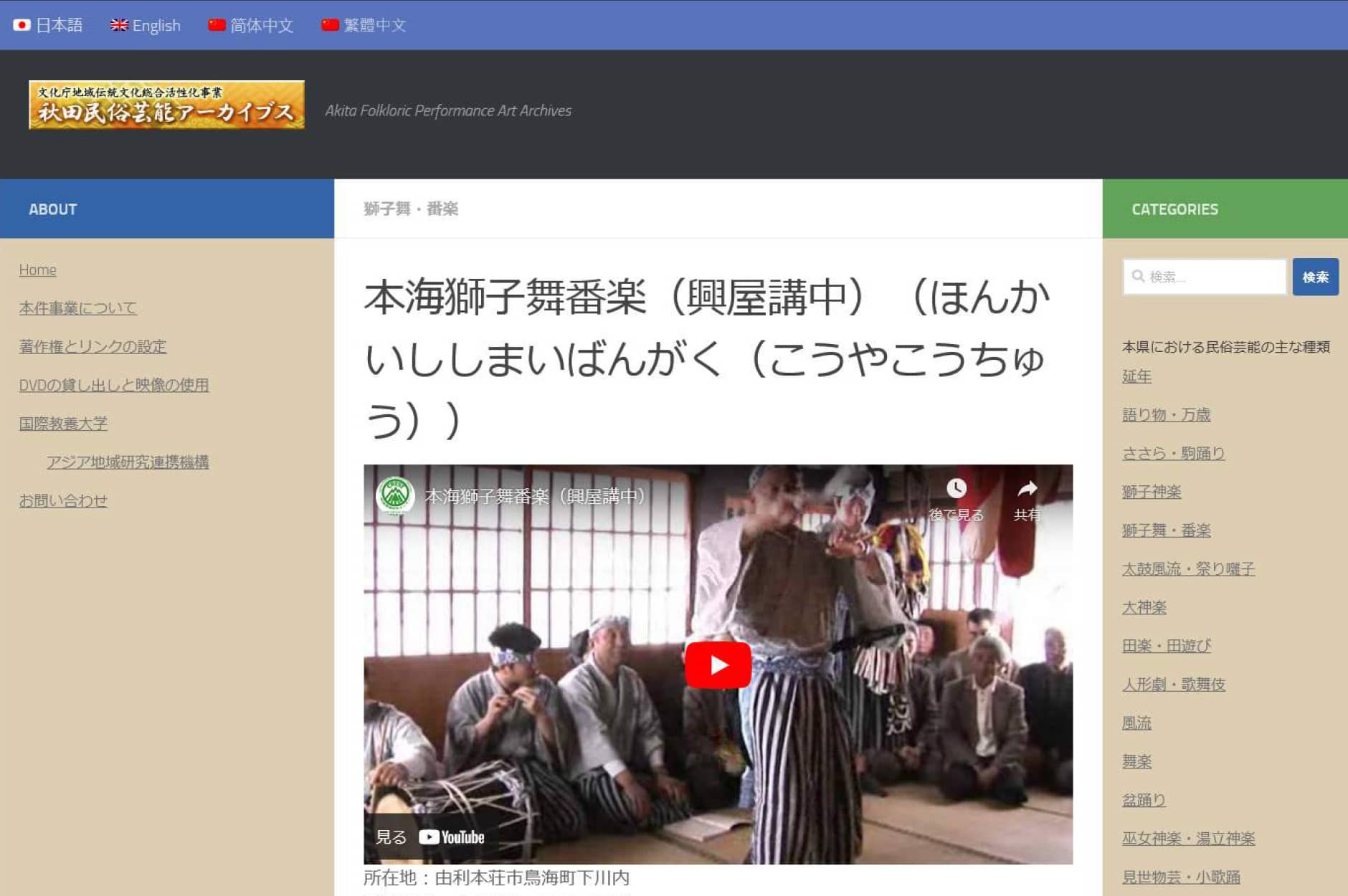Ryo Akama, a leading figure in the world of digital archiving, has been expanding his influence globally. At the Art Research Center (ARC) of Ritsumeikan University, he has dedicated himself to the recording, preservation, and dissemination of both tangible and intangible cultural assets. In addition to creating digital archives for the Katayama family's Noh performances and the Kyomai of the Inoue School, he has recently been focusing on preserving and broadcasting video materials related to Japan's traditional performing arts and folk events.
Digital Archiving of Inoue School's Kyomai: Passing Down Memories, Techniques, and Culture to the Next Generation
From Kabuki and Noh to Jōruri (narrative sung with shamisen accompaniment typically in traditional Japanese puppet theater), from regional folk performing arts and events to the techniques and skills of traditional crafts, Japan boasts a plethora of intangible cultural assets. "These traditional Japanese arts and performances are extremely captivating even to a global audience. I believe it's essential to keep them within Japan and share them with the world through international comparative studies."
Ryo Akama, who shared these words, has been tirelessly working on recording, preserving, and disseminating tangible and intangible cultural resources at the Art Research Center (ARC) of Ritsumeikan University. He has been digitizing traditional performances and classical theater as part of this endeavor. These are artistic expressions and techniques that, without such efforts, might vanish with time. His aim is to share them not only with the world but also to ensure they are passed on to future generations.
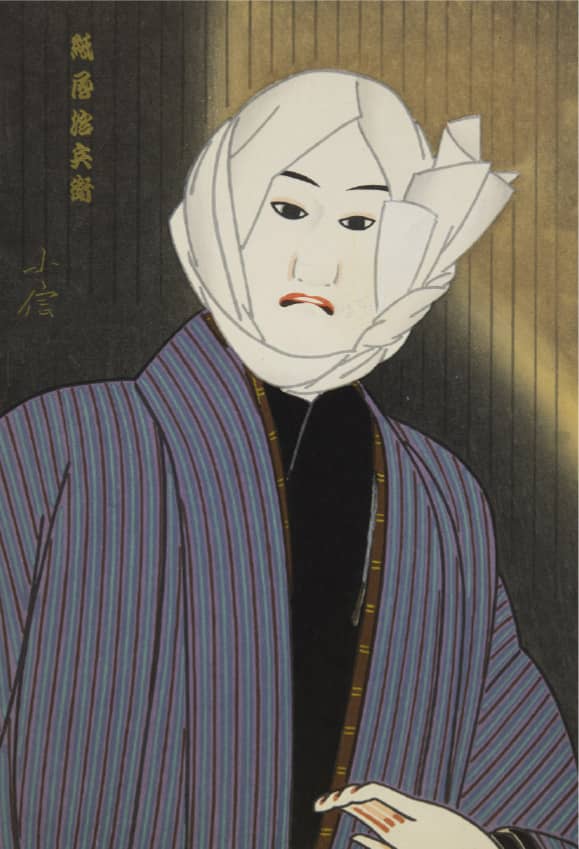
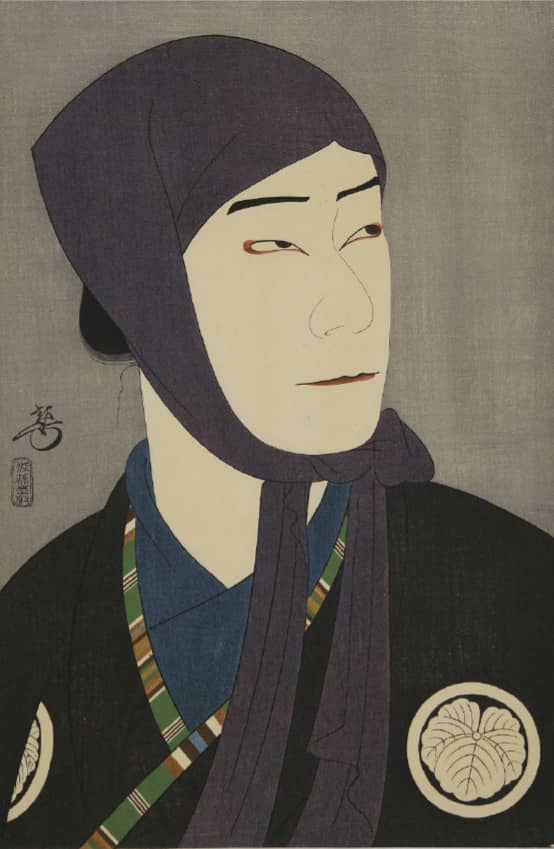
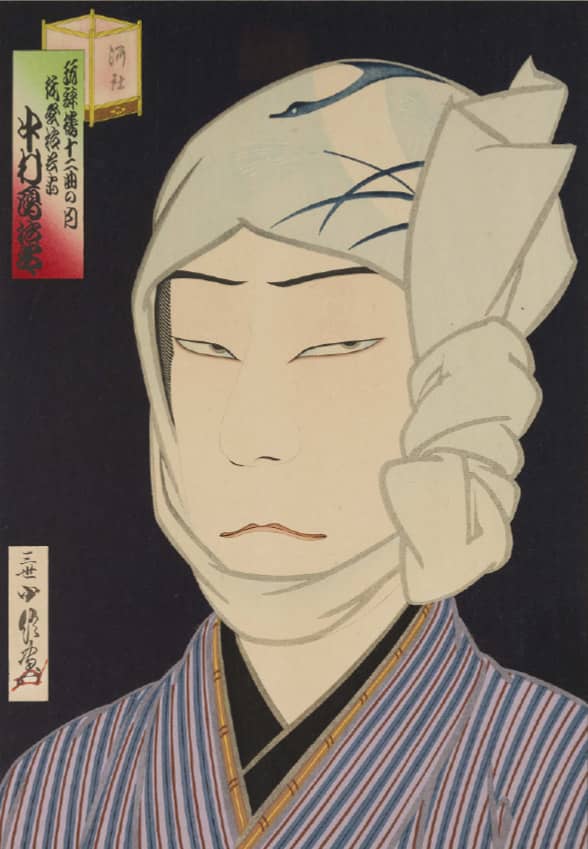
One of the ongoing projects since the establishment of ARC, spanning over 25 years, is the digital archiving of Kyomai (Kyoto's traditional dance) of the Inoue School and Noh of the Kanze School. This digital archiving is done in collaboration with the Katayama Noh and Kyomai Preservation Foundation. One of the first initiatives undertaken by Akama and his team at ARC was the "Kyomai Inoue School Video Restoration Project."
The Inoue School of Kyomai is one of the schools of Japanese traditional dance that was developed in Kyoto. The previous headmaster (Iemoto), Yachiyo Inoue IV, and the current Iemoto, Yachiyo Inoue V, have both been designated as Important Intangible Cultural Properties (Living National Treasures). The dance performed at Miyako Odori, held every April in Kyoto's Gion district, also belongs to the Inoue School of Kyomai. Films documenting the third-generation Yachiyo and the Miyako Odori from the early Showa period were entrusted to Akama by the Katayama Noh and Kyomai Preservation Foundation. Akama organized a project to restore and preserve these films and, as a result, held a screening event for "The Dance of Yachiyo Inoue III." Akama recalls vividly, "The geishas in the venue danced in their seats while watching the footage as if they were receiving hands-on instruction from the real Yachiyo. The entire audience moved along with the footage. I realized that digital archives not only record physical expressions but also have the power to revive human memory, techniques, and culture and convey them to the next generation."
Filming and recording all dances and Noh performances by the Noh actors of the Katayama family
The digital archiving of dances and Noh performances by the Noh actors of the Katayama family, similar to the Kyomai of the Inoue School, continues as well. The Katayama family is a prestigious household in the Kanze School, known for performing the main role, referred to as Shite, in Noh theater.
ARC is fully equipped with a multipurpose space floored entirely with Japanese cypress (hinoki) boards, suitable for live performances of traditional arts and dances, as well as a recording studio. They can meticulously record the techniques and movements of the Noh actors' dances using motion capture and multi-angle filming with multiple cameras. "However, in the studio, we cannot recreate the ‘performance space' produced by the interaction between the audience and the performers, as in actual performances. Therefore, in addition to studio recordings, we film every performance and act sponsored by the Katayama family," Akama explains. While filming, they develop and accumulate methods and techniques suitable for archiving. The collected and recorded digital data is stored on the ARC portal database system, making it readily accessible anytime.
Furthermore, for arts and performances to be sustainable, the presence of a loving audience is indispensable. Therefore, Akama also places great emphasis on developing methods to nurture audiences that would properly understand traditional arts like Noh, Kabuki, and Kyomai. As one of these initiatives, in collaboration with the 10th head of the Katayama family, Kuroemon Katayama, he has produced a picture book for elementary school children that explains the story of a Noh performance. This was done in collaboration with leading Japanese-style painters. By combining the illustrations in this book with filmed performances from multiple angles and computer graphics, they created a new program called "Noh Picture Book Narration." This program helps the audience understand the story and highlights of the performance before it begins. It is being utilized during appreciation performances at elementary schools and other places.
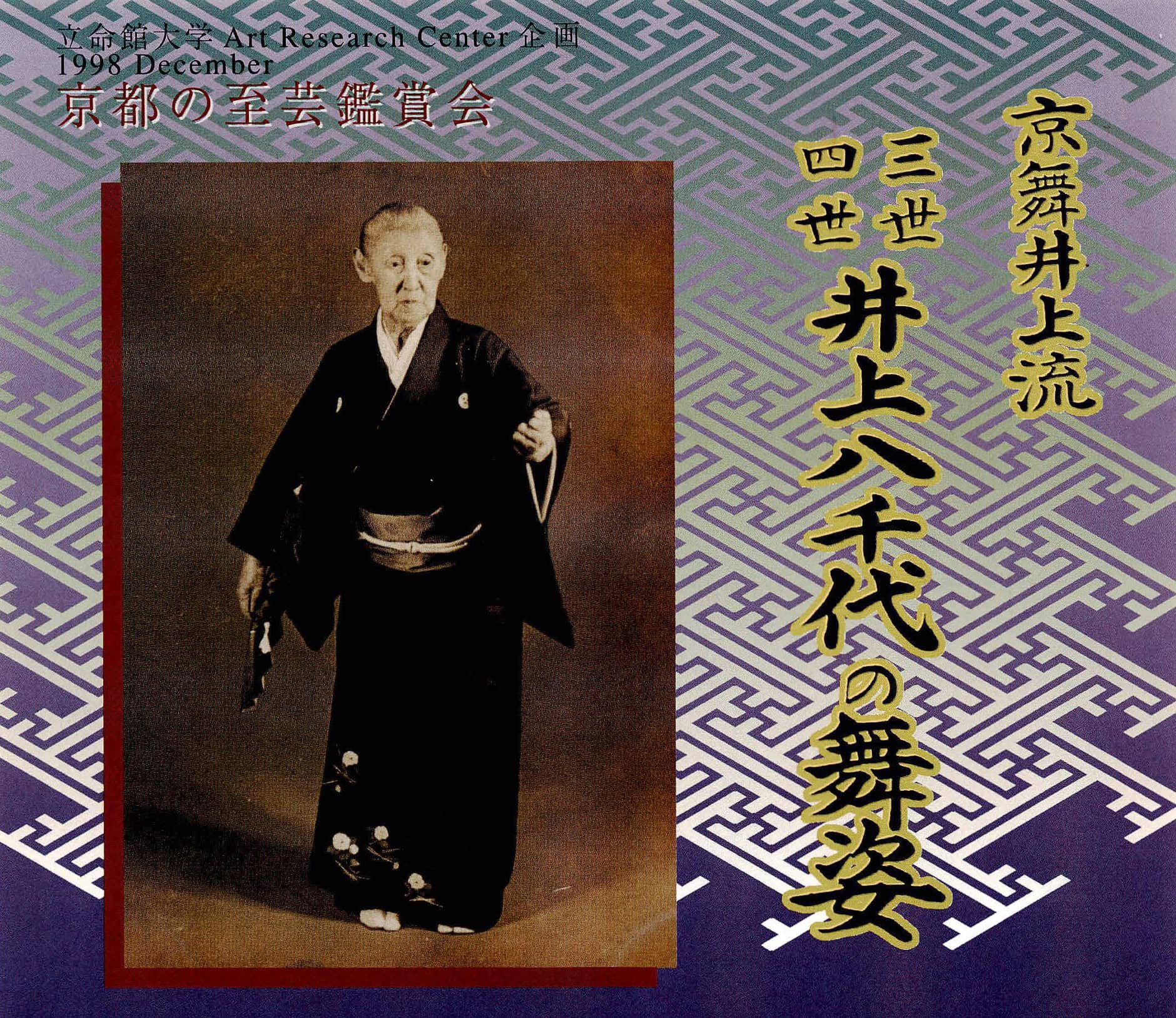
Dedicating Energy to Building a Database of Folk Performing Arts and Events Pervading Japan
For the next project, they plan to enrich the database by collecting video materials and literature on folk performing arts and ethnic events that survive across Japan to preserve and disseminate them.
Kagura (a Shinto ceremonial dance), Dengaku (music or dances developed as accompaniments to rice planting observances), and festivals, to mention just a few – Japan is home to a wide array of entertainment and events, each with unique regional characteristics. "Many folk events occur simultaneously in various locations, and some are only held once every few years. Even with the commitment of a lifetime, witnessing all remains beyond the reach of an individual. Nevertheless, an abundance of images and videos documenting these events does exist. Even so, there is a high risk of them becoming unplayable as media formats continue to change. Integrating these into a unified storage system and establishing an environment where they can be accessed is necessary. Additionally, due to natural disasters like tsunamis, earthquakes, and pandemics, some events have been interrupted and might not be revived. These recordings become crucial materials for continuation and restoration. By comparing events from different regions, the uniqueness of each area's festivities becomes apparent, and it also becomes possible to compare them with performing arts and events from abroad." There is an initiative to digitize the vast amount of video and photo materials lying dormant across the country and integrate them into the ARC portal database system.
As part of the initiative, in November 2022, ARC entered into an agreement with the Institute for Promotion of Applied International Liberal Arts at Akita International University. The university has conducted a factual investigation into the folk performing arts of Akita Prefecture, recording videos of more than 300 folk performances and making them available on the Web. This agreement established a connection between the Akita Folk Performing Arts Archives and the ARC portal database system. This strengthens the pathway to the Akita Folk Performing Arts Archives and links it to global research on folk performing arts and event videos. "We aspire to contribute not only to Akita but also to the inheritance of folk performing arts and events throughout Japan," Akama reveals his ambition.
By positioning Japan's culture and traditional performing arts within the world through the database, their value is reaffirmed, and those who take pride and become the bearers of these traditions will emerge. Currently, Akama is passionately devoted to this grand project.
